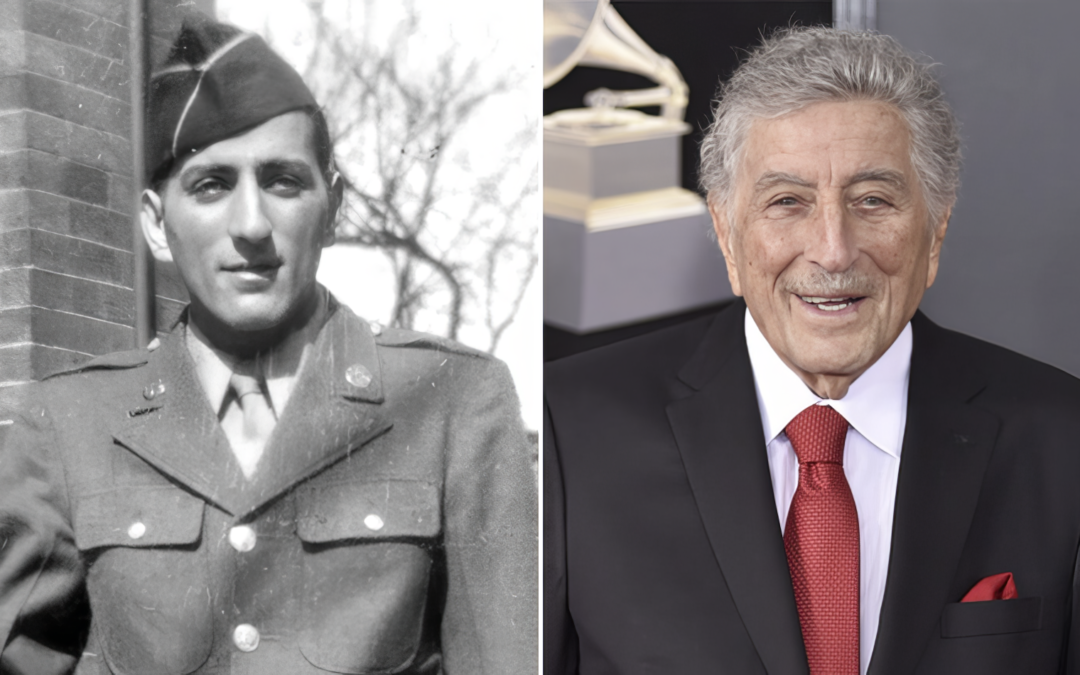We Don't Want YOU, Uncle Sam by Matthew Weiss The military's recruiting crisis is at an all-time high in 2023. The U.S. Army, the military's largest branch, is expected to fall short by 15,000 recruits this year. Most of the younger generations the military can get are those who are children of someone who served -- but even that source is threatened. Other branches are seeing shortfalls, too. The Navy is going to miss its goal by 10,000 recruits; the Air Force will be short 3,000. Only the Marine Corps, the smallest branch, is expected to make its goal. News reports of substandard housing and food shortages don't help, nor do the decades of war, followed by an epidemic of post-traumatic stress disorder and veteran suicide. All branches are in a quandary about what they can do to make military life more appealing and make Gen-Z consider the military in their future plans. One Marine Corps intelligence officer believes he has the answers and compiled them into a new book, "We Don't...











